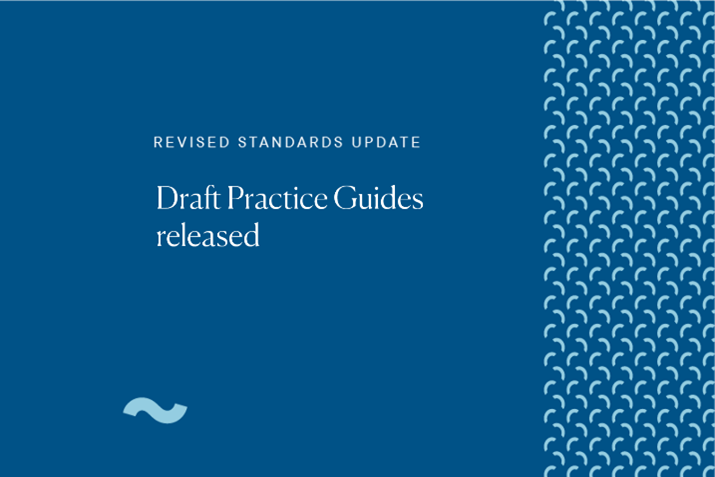Rising homelessness across Australia is overwhelming the capacity of services to offer emergency help. New evidence in the , released today, confirms homelessness has soared well above pre-pandemic levels in most parts of the country.
Author
- Hal Pawson
Professor of Housing Research and Policy, and Associate Director, City Futures Research Centre, UNSW Sydney
Complementing the report’s findings from a survey of local governments, a majority of homelessness services agencies also report “significantly increased” numbers of people seeking assistance over the past 12 months alone.
Much of this escalation likely reflects the sheer lack of rental homes available and the extraordinary rent inflation experienced across Australia since 2020. ³Ô¹ÏÍøÕ¾ median advertised rents have jumped 51% since March 2020. Even when adjusted for inflation, .
A welcome in social housing offers the prospect of some limited relief in the next few years. However, as none of the recent spending commitments extends far into the future, and because they generally lack any evidence-based logic, there is a high risk this recovery will prove short-lived.
Agencies are feeling the strain
Recent market conditions have created a perfect storm for homelessness services agencies. In parallel with the rising need for crisis assistance, there is less scope to help clients into secure housing. Some 76% of services were finding it “much harder” to find suitable housing for clients in mid-2024 than a year earlier.
Agency monthly caseloads are up 12% since 2019-20. There’s also a big increase in the average time clients receive support: . This has forced agencies to reduce intakes of new clients seeking help.
The sector has a backlog, causing agencies to struggle to meet demand. They have been triaging applications for help. This means giving priority to people who are already homeless rather than at risk of homelessness.
While justifiable in the circumstances, this damages agencies’ ability to prevent – as opposed to relieve – homelessness.
The rental market pressures fuelling this crisis have continued to intensify, well over two years after Australia’s post-COVID reopening.
These problems would have been even worse without “extraordinary” boosts to sanctioned by Treasurer Jim Chalmers in 2023 and 2024. In combination with routine indexation, these have since early 2022.
Rising homelessness has longer-term causes too
The housing market impacts of COVID-19 disruption have aggravated homelessness in the early 2020s. But it’s only the latest phase in a much longer-term trend. This is because the housing market drivers of the problem are not (only) cyclical but structural; that is, built into how the system operates.
Housing demand and market supply have been out of sync for decades. As a result, house prices have continued to increase faster than incomes. This puts home ownership for moderate income earners.
With the path from private renting to first home ownership increasingly obstructed, even for moderate to high income earners, overall demand for tenancies has grown. This inflates sector-wide rent prices, further of rentals affordable for people on lower incomes.
These housing market dynamics have been an underlying driver of rising rental housing stress and homelessness since the 1990s.
All the while, these tendencies have been underpinned by that inflate housing demand and restrict supply. The federal government’s promised must acknowledge, analyse and reconsider these policy settings.
Governments have begun to respond
As the and editions of the ³Ô¹ÏÍøÕ¾lessness Monitor identified, signs of stepped-up engagement with homelessness as a policy priority began to emerge among governments as early as 2016 in states such as New South Wales and Victoria.
Then, in 2020, several states launched large-scale, widely welcomed for people sleeping rough and others who were homeless.
More recently, in a notable policy reversal , both federal and state governments have pledged appreciable investment in long-term social housing.
Initially led by Victoria and Queensland, followed by the Commonwealth and NSW, this new investment should deliver around 60,000 new social homes by 2030, by far the sector’s largest influx of new stock this century.
At least for a few years in the late 2020s, the promised programs might halt – at least temporarily – the trend of social housing dwindling from over 6% of all homes in the 1990s to . Yet any gains will remain modest relative to the . Referencing this, housing and homelessness advocates social rental homes to form 10% of all housing.
Even so, we should see, at least for a few years, a marked uptick in scope to help people who are homeless into secure and affordable homes. This will be the result of a surge of newly-built social units supplementing existing homes being re-let. And for more of those helped in this way, these will be homes designed and built to modern standards.
Australia can still do much better
Problematically, though, these developments have come about through incremental and disconnected policymaking. , there has been a lack of any stated rationale, strategic framing or evidence-based scaling of social housing programs.
In most cases, there has been no explicit recognition or acknowledgement of the need to keep investing much more in social housing than in the recent past. This investment must be enough, at the very least, to prevent a resumption of sector decline. Ideally, it should cover an expansion of social housing in line with .
It would surely be logical to include a statement of aspiration along these lines in the government’s promised ³Ô¹ÏÍøÕ¾ Housing and ³Ô¹ÏÍøÕ¾lessness Plan.
We cannot measurably reduce and then prevent homelessness without reducing poverty and expanding access to secure and affordable homes. Just as the current situation has come about thanks to mistaken policy choices of the past, these are challenges that could be squarely addressed by course corrections today.
![]()








